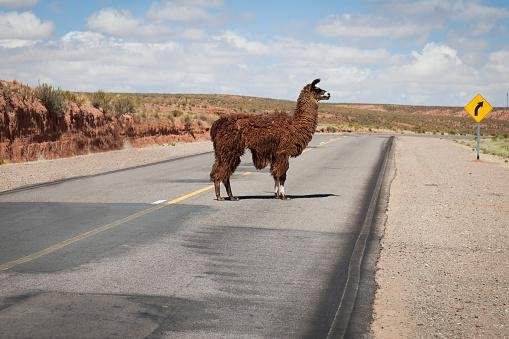Argentina’s Ruta 9: Why the highway that built a nation is still its best road trip
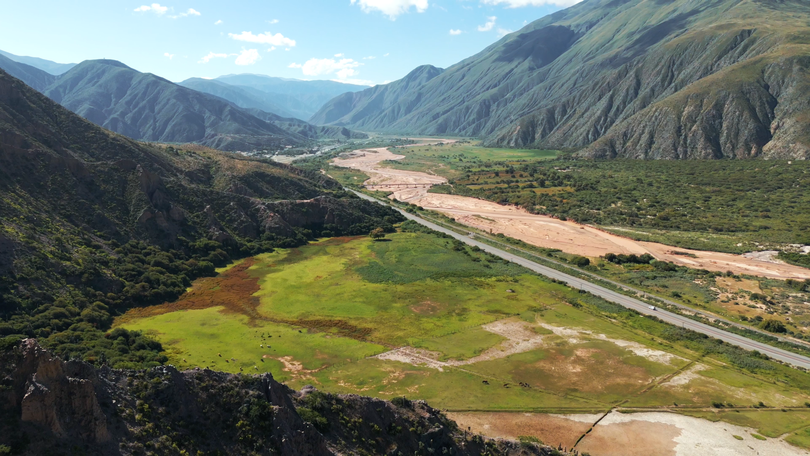
On Buenos Aires’ Plaza del Congreso, a monument informed me I was at Kilómetro Zero — the point from which all the nation’s roads are measured. Argentina is hyper-centralised. Everything starts and ends at Buenos Aires, and the further away you travel from the epicentre the more you leave behind - modernity, power, wealth, progress.
As a reward, you are gifted ever-grander landscapes, extraordinary wildlife, lovely people and a genuine sense of adventure.
The Ruta 9 — the main highway to the north-west — connects the capital to the Pampas and the Andes and, eventually, Bolivia. It follows, quite closely, the Camino Real that the Spanish established to traffic mules and slaves to their silver mines. This is the road that effectively built Argentina before it was even named.
Whether you drive, as I did, or take buses and trains (a long-distance rail service still operates to Tucumán), you get to see the cultural and topographical diversity of this huge country and get a peek into the stories and conflicts that have defined its restive history.
ROAM. Landing in your inbox weekly.
A digital-first travel magazine. Premium itineraries and adventures, practical information and exclusive offers for the discerning traveller.
By continuing you agree to our Terms and Privacy Policy.Before setting off I visited some of my favourite restaurants, cafés and museums. I lived in Buenos Aires for a decade up to 2001 and go back almost every year. Where I eat and drink over the years changes; fashion and faddism is rife. For lunch, I heartily recommend Rodi Bar, a timeless corner restaurant where you can always score a great steak or pasta dish, a half bottle of meaty malbec and superb service.
All Buenos Aires’ major public galleries are great — the Museo Moderno is more daring and stimulating than London’s Tate Modern. I also make a stop at the ESMA, the former Naval School turned Museum of Memory and Human Rights. It is Argentina’s newest Unesco World Heritage Site, created in 2023 as a permanent memorial to the thousands of disappeared and other victims of the 1976-93 dictatorship.
I left the city using a motorway that slices between a massive shanty town — the Villa 31 — and the busy city airport. It’s a striking metaphor for the country. The highway widened as I motored through the suburbs, and then dwindled to two lanes as it entered the Pampas.
Roadside life is always boisterous in Latin America, with townships tending to cluster on the main arteries. I saw gauchos coming into towns in beat-up pick-ups to get tools and fuel, old-timers chatting on the plazas, schoolchildren in lab coats and teens knocking footballs around bare patches of grass.
The Pampas’ chief species is the cow, but in some areas I spotted pink spoonbills and large maguari storks, wading in silvery lagoons formed by seasonal rains.
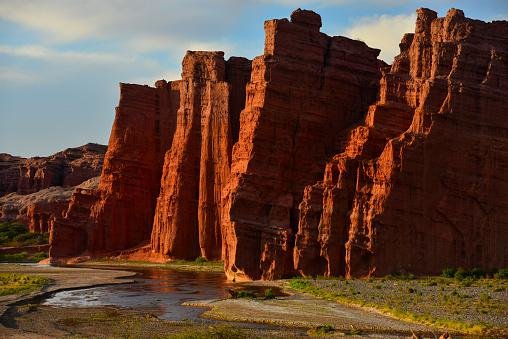
On previous journeys I’ve spent the night at estancias. Places like La Bamba de Areco and La Bandada are former ranches that have been converted into luxurious hotels. But on this occasion I drove on, my mission to ogle some overlooked landmarks I’d been meaning to visit for ages. In the otherwise unprepossessing Pampas towns of Juan Bautista Alberdi and Alberti are buildings by the brilliant Italo-Argentinian architect Francisco Salamone.
He built more than 60 municipal structures mainly for rural towns, exploiting the big skies to set off his clean lines and bright hues, and a style that combines Art Deco with Futurism. The effect is dramatic, especially out here in the agricultural heartlands where country houses and barns dominate.
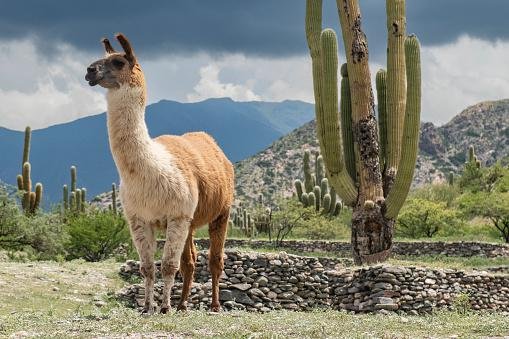
It’s a longish haul though numberless fields before I arrived as dusk gathered in Córdoba, Argentina’s second city. The next morning, I explored another Unesco site — the Jesuit Block and Estancias. The former, in the centre of the city, consists of a 17th century church, the Jesuit priests’ residential quarters and Argentina’s oldest university. The most extraordinary room is the library full of theological and philosophical works, devotional books and beautifully illustrated scientific tomes.
The mountains on either side of me were spectacular. Earthy greenish and clay-coloured hues occasionally broken up to expose raw red rock or shimmering white. Giant candelabra cacti reared up along the roadside. Tiny baroque chapels and old-world wineries dotted the foothills. I was near the tropics in midsummer but the Nevado de Cachi massif, the highest in the region, was splashed with snow. I saw guanacos grazing on the knolls overlooking the road and high above lots of condors.
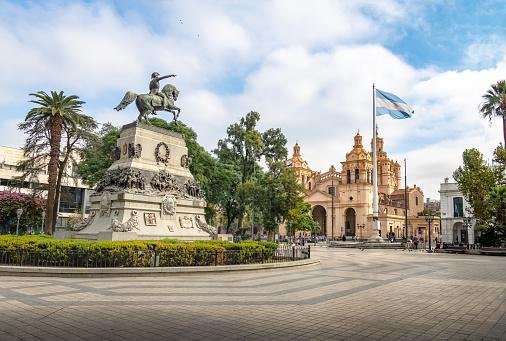
In the town of Cachi I enjoyed empanadas — the best ones in Argentina are found in the north-west — before driving slowly — it is all too spectacular to rush — the final furlongs to Salta. The land finally opened up into a wide valley. It was here mules grazed before the final push on to the high, bare Andean Altiplano where water and grass are scarcer. I parked on the plaza and got myself a cold beer.
A thousand miles, or 1600km, in three days. Easy, really. It would take muleteers more than a year, allowing for over-wintering. The road north, to the Bolivian border, is also a famous drive, and one I’ll save for next time.
Three other great road trips in Argentina
Highway 40
Argentina’s most famous road is also its longest — the fabled Ruta 40 which runs for 5194km from the Bolivian border, parallel to the Andes, all the way to Cabo Virgenes in southern Patagonia.
Awesome sights lie along the way include the Calchaqui valleys, Mendoza’s wine country, Neuquén’s dinosaur country, Argentina’s lake district, the Unesco-listed Cave of Painted Hands and the Strait of Magellan. There’s plenty of accommodation en route and it’s easy to tackle just a section to explore, say, Patagonia.
Seven Lakes Road
This 110km section of the Ruta 40, known for many years as the Ruta de los Siete Lagos, is one of the most popular driving holidays in Argentina’s lake district. Linking Villa La Angostura and San Martín de los Andes, it skirts or runs close to seven gorgeous lakes and cuts through the forested foothills of the southern Andes.
It’s a developed tourism area, and there are plenty of grand rural lodges and camp sites. During the skiing season (July-August), snow can lead to the road being closed.
Chubut Valley drive
It’s about 690km from the Atlantic Coast to the Andes, most of it on Ruta 25, starting at Puerto Madryn. The road trip is a great way to absorb the Patagonian desert; guanacos, armadillos and lesser rheas are common sights.
At Los Altares are striking, natural altar-shaped monuments amid red rock canyons. Motels and camping areas are available along the road, and good hotels at either end.
